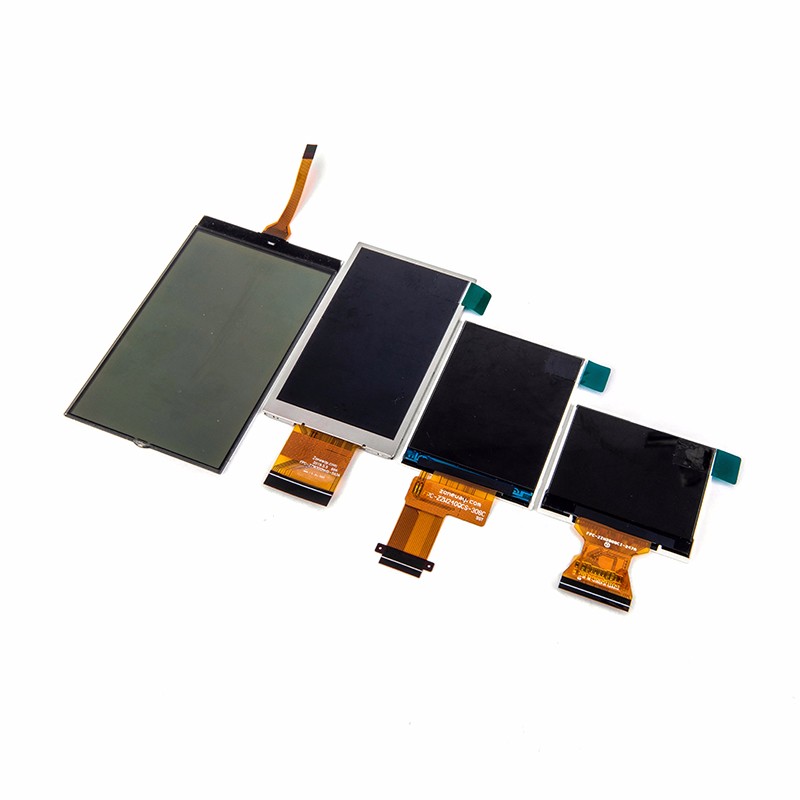Relays control how relays form self-locking interlocking circuits
Self-locking and interlocking are achieved by auxiliary contacts of relays. First of all, you need to understand what is called self-locking and what is called interlocking. Self-locking is to short off the button switch of the contactor coil loop with your own contacts, and make the coil loop open continuously after the button switch is released, which is self-locking. In this way, you can use the normally open contact of the relay to connect the button switch in parallel. In this way, when the button is pressed down, the relay coil is powered, the relay operates, and the normally open contact is closed. In this way, the normally open contact of the relay has been closed after the button is released. Interlocking: Interlocking is a control circuit with logical relationship between two or more contactors. For example, the coil of relay 2 is switched on after being electrocued by the normally closed relay 1. If contactor 1 acts, then contactor 2 will never act. Is the action of one controlling another or many!!

Self-locking is to connect the normally open contact of the relay to the start button in parallel, press the start button contactor to pull, and then the normally open contact to switch on. At this time, the release button current is switched on from the contact, which can realize self-locking.
Interlocking is A process by which coil A is connected to the normally closed contacts of B. B often closed contact disconnected, A coil is not possible to draw again.
Only when B is disconnected, coil A can be switched on after its normally closed contact is reset.
Self-locking: The normally open contact of the relay controls its own coil, which can continue to work after being clicked, and a stop button can stop it.
Interlock: The normally closed point of relay A controls the coil of relay B. A works, B can't work. And vice versa.
Self-locking: the normally open shock of the relay itself is in parallel with the switch of the control relay coil;
Interlocking: The normally closed contacts of two relays are connected in series with the coil of another relay




